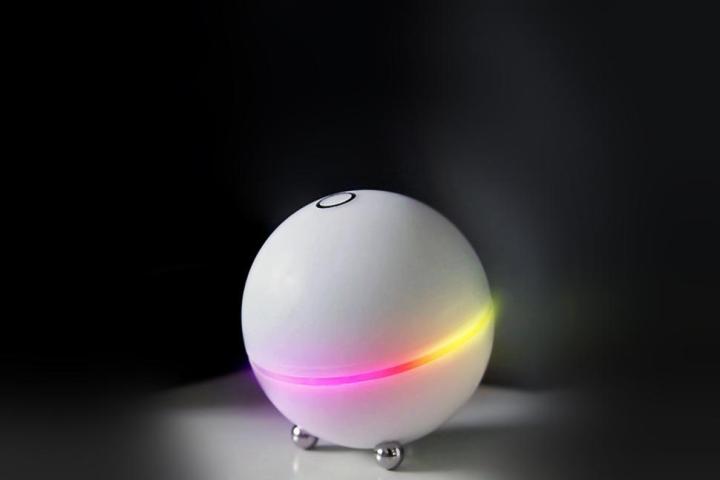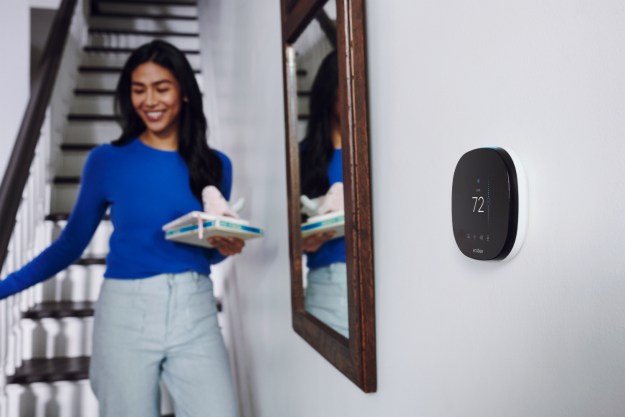
The home automation systems of tomorrow probably won’t look anything like they do right now. In the future, you wont have to whip out your smartphone and fire up an app to flip your lights on. Hell, you probably wont even need a smartphone. Instead, the automated home of the future will most likely look more like JARVIS from Iron Man. No more clunky remote controls or proximity-based Bluetooth tags on your keyring — in the not so distant future, you’ll be able to just wave your arms, point at whatever fixture you want to interact with, or simply speak your command out loud to make it happen.
We’re not quite at that point just yet, but thanks to devices like Homey, full voice-controlled home automation is just around the corner. The device, which is currently raising funds for production on Kickstarter, is essentially like Siri for all the electronic gizmos in your house — and not just the “smart” ones either.
We’ve seen a couple of speech-based home control technologies in the past, but generally speaking, they can only communicate with a specific subset of smart devices. Enblink, for example, can only be used to control Z-Wave devices, and the recently-released Shortcut app can only interact with devices that support either bluetooth or Wi-Fi. Homey, on the other hand, is designed with a slew of different networking technologies under it’s hood, so it can control just about everything in your house.
In addition to major home automation protocols like Z-wave, Zigbee, bluetooth, and Wi-Fi; Homey also supports things like NFC, nrf24l01+, and infrared — so it can be used to control your regular TV, non-networked sound system, and even your computer. And of course, if you’ve got any smart gizmos in your pad (Nest thermostat, Hue lights, WeMo plugs, etc.) Homey can control those too.
The coolest part is that, much like Tony Stark’s virtual assistant JARVIS, Homey is designed to understand natural speech. You don’t have to phrase your commands in a certain order to get them them to work; you can just spout off whatever you want and so long as it pertains to home control, it should work. The device is equipped with an advanced natural language processor geared toward understanding a range of short commands related to home automation, so you can say things like “turn up the temperature,” “unlock the door,” or “turn on the lights,” and it’ll know what you mean.
At time of writing, the project is currently just a few thousand dollars shy of meeting its funding goal on Kickstarter, and still has close to a month left in it’s campaign. If back the project now, you can lock down a Homey of your own for about $310. The team expects to ship the first units as early as March 2015, but until then you can find out more here.
Editors' Recommendations
- How to turn your old phone into a security camera
- The new Ring Intercom lets you buzz folks into your building from afar
- Peloton Guide lets you monitor your form while strength training
- The Home Connectivity Alliance wants to bring you the smart home of your dreams
- Your Whirlpool smart oven can now act as an air fryer, too




